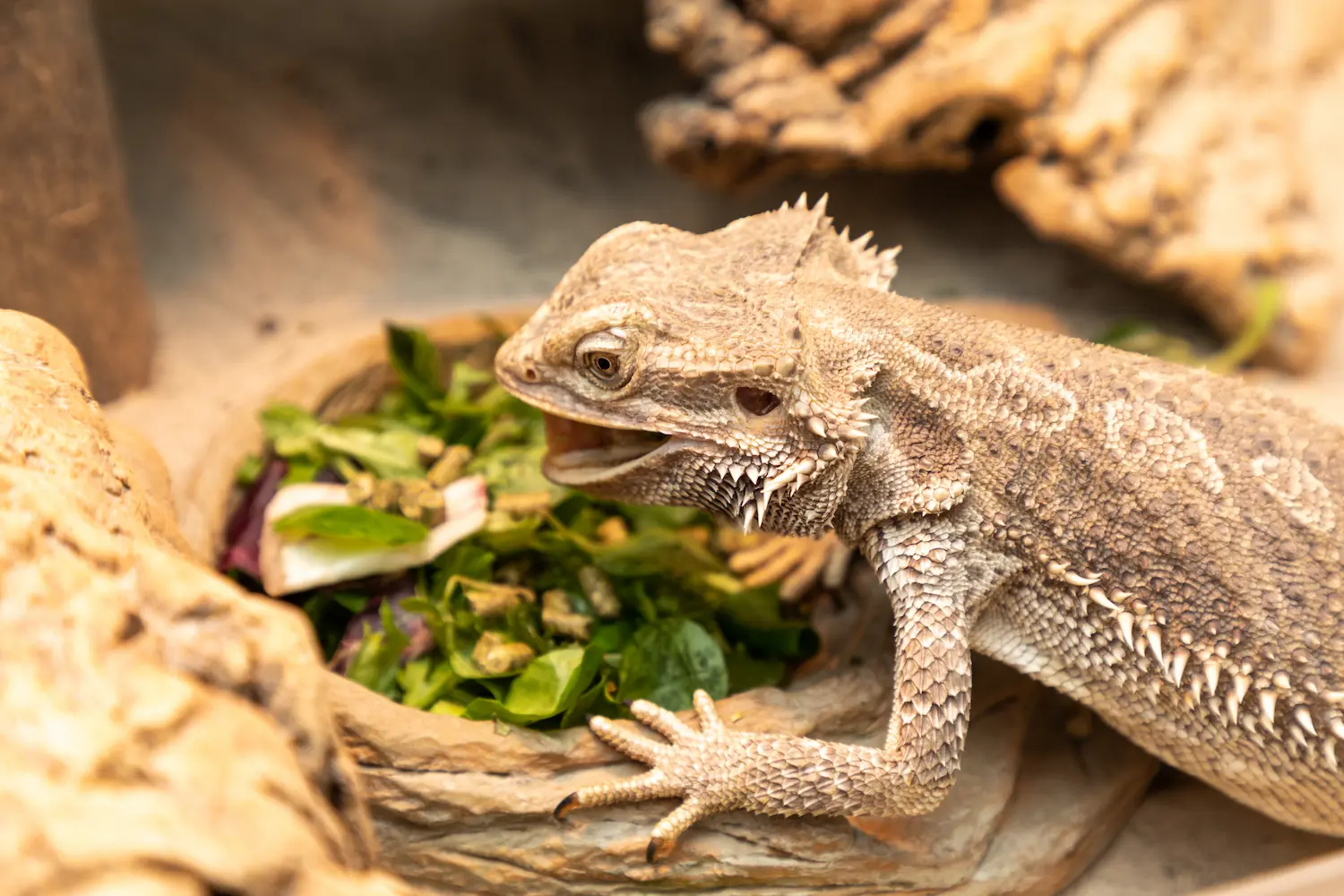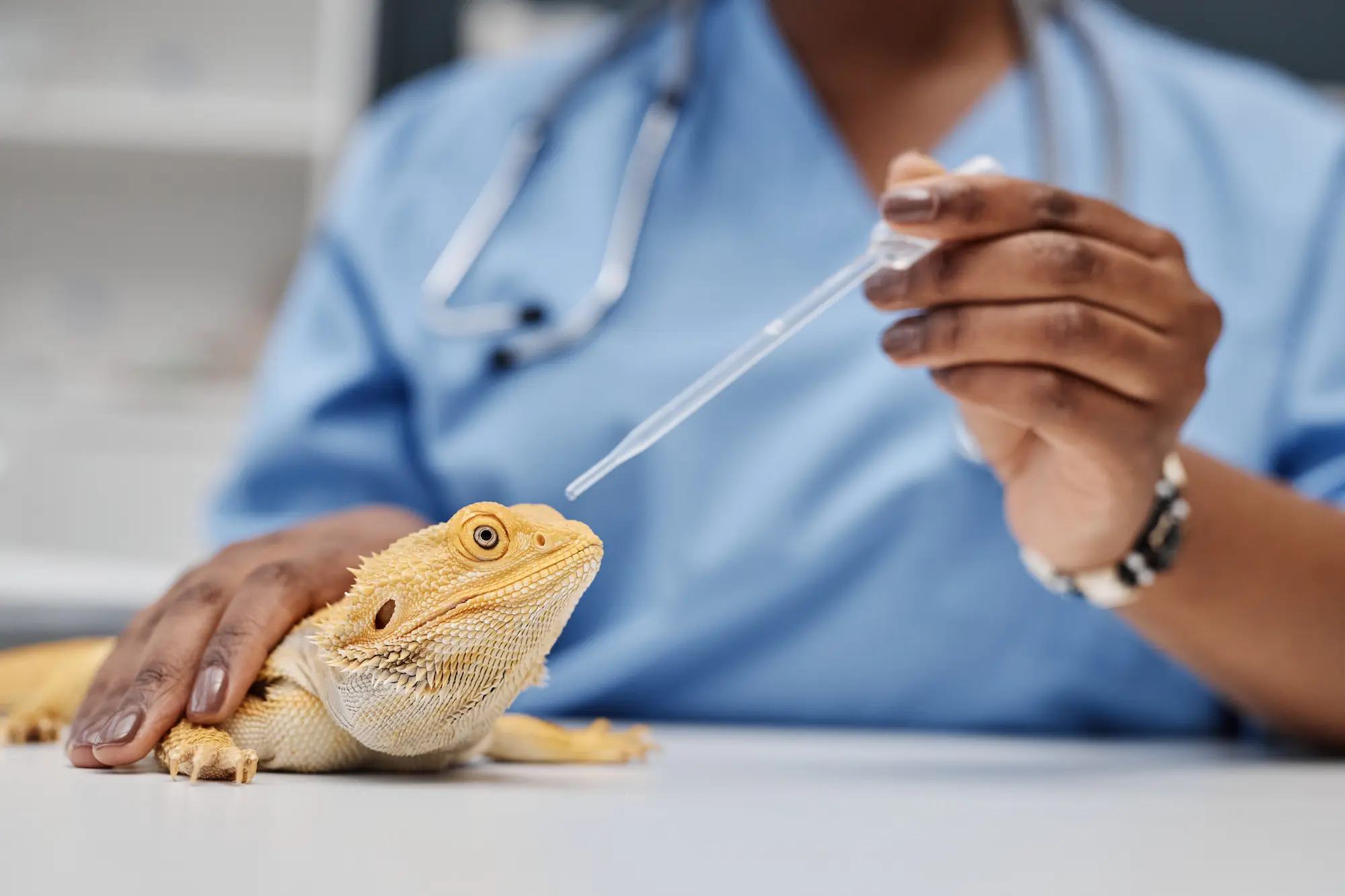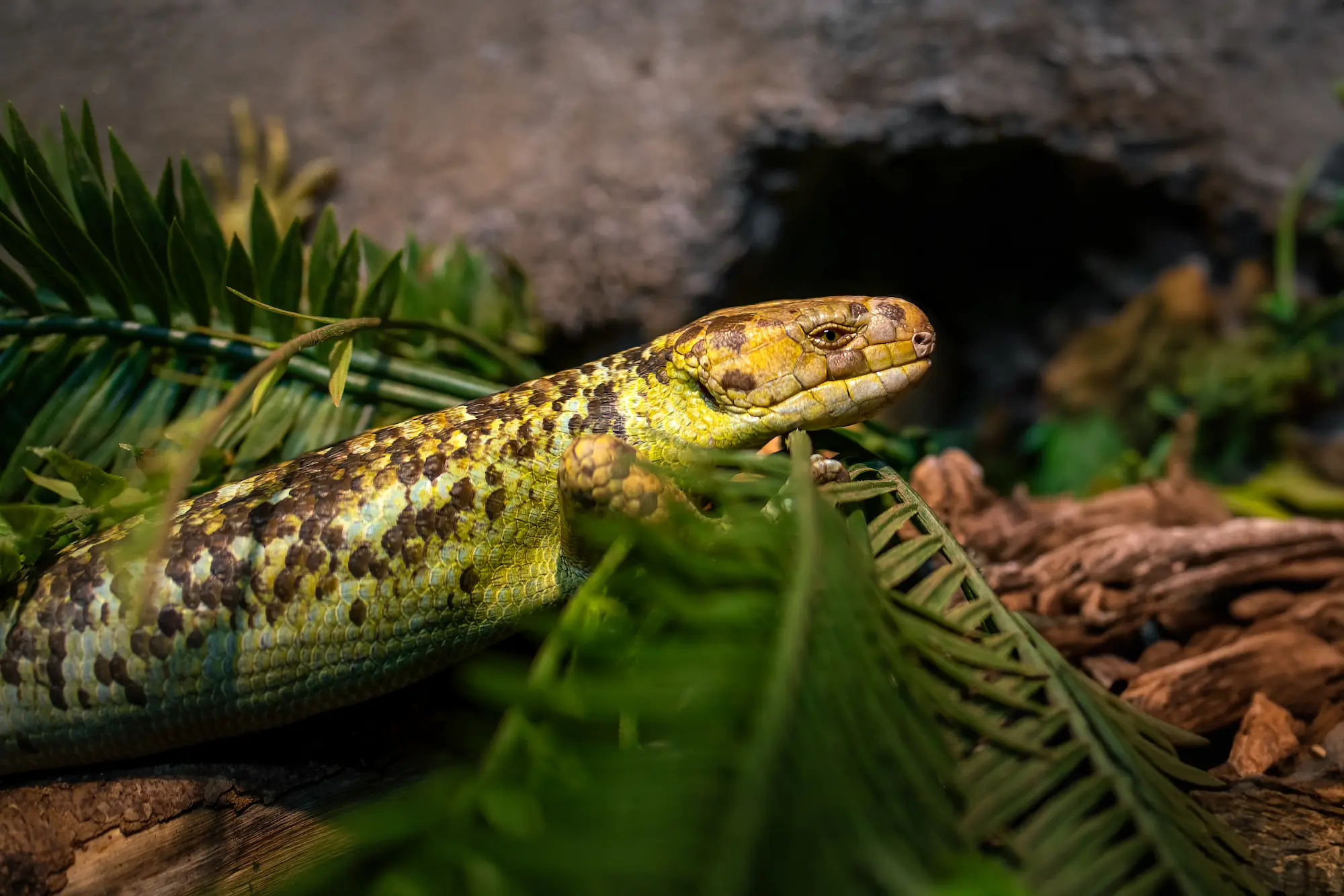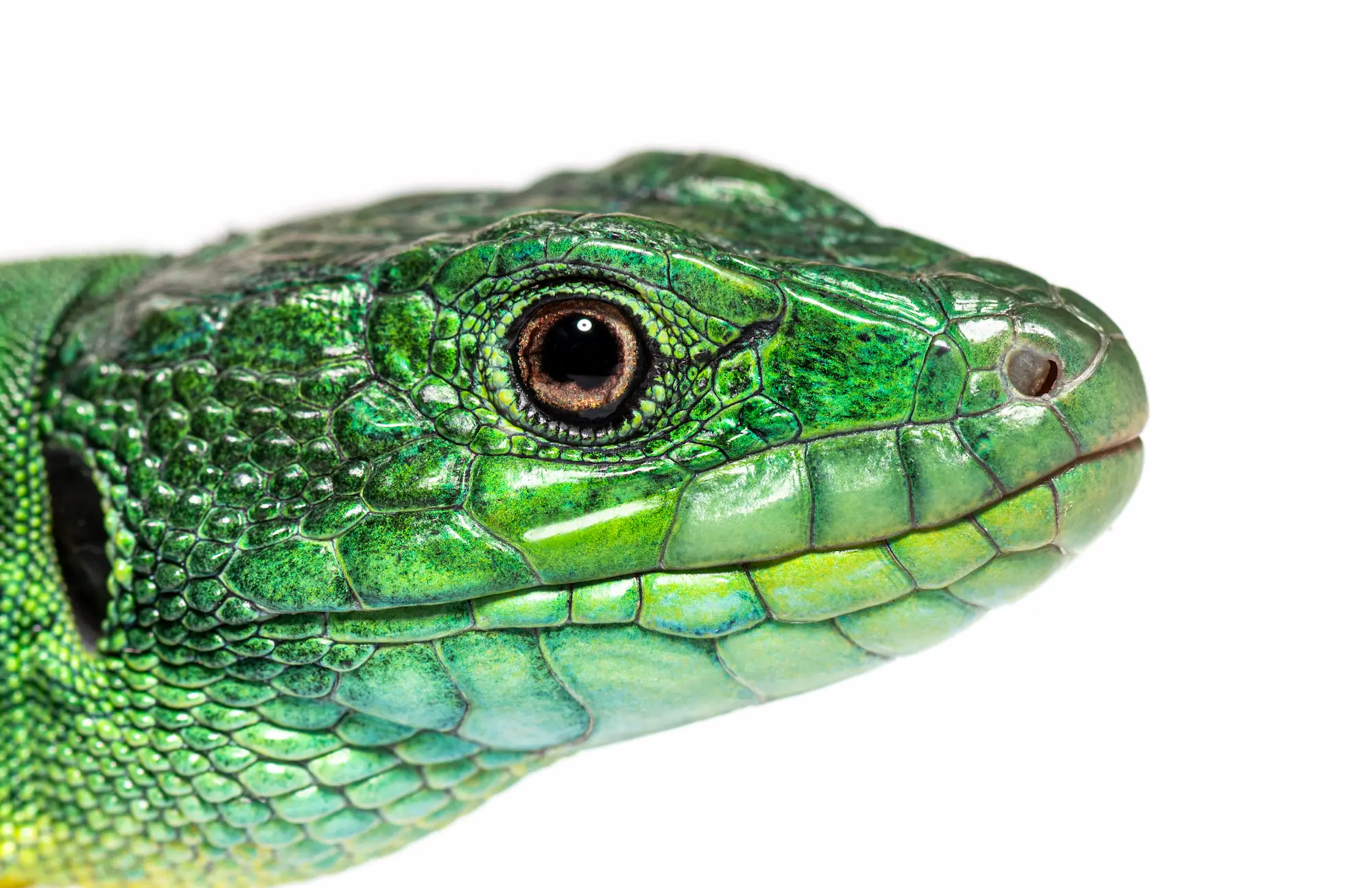When we hear the word ‘reptile’, many of us may instantly think of scaly, slithering creatures like snakes or the formidable dynamic of a crocodile.
However, reptiles encompass a far richer and more diverse group of animals than many people realize.
Reptiles, scientifically classified under the class Reptilia, are cold-blooded, air-breathing vertebrates.
This blog delves into the fascinating world of reptiles, their distinctive features, evolutionary significance, and diverse families.

Defining Reptiles
Reptiles are part of the large class Reptilia and include a variety of species such as snakes, lizards, turtles, crocodiles, and amphisbaenians. Known for their scaled skin, reptiles are ectothermic or cold-blooded animals, meaning they rely on external heat sources to regulate their body temperature. Unlike mammals and birds, reptiles do not have a constant internal body temperature.
Evolutionary Background
Distinctive Features of Reptiles
Scales and Skin: Perhaps the most defining feature of reptiles is their dry, scaly skin. These scales are made of keratin, the same protein that forms human hair and nails, providing a durable barrier against the environment.
Amniotic Eggs: Reptiles reproduce by laying eggs that have a protective shell and a series of membranes, referred to as amniotic eggs. These structures prevent desiccation and allow the embryo to develop outside a water environment.
Ectothermy: Reptiles are ectothermic, which means their internal physiological sources of heat are of negligible importance. So, they depend on external environmental conditions to manage their body temperature.
Respiratory System: Reptiles breathe through the lungs, and their breathing mechanism and lung structure vary among different species. Some reptiles like snakes and lizards have developed specialized means like the use of muscular contraction to aid in respiration.
Major Groups of Reptiles
Snakes (Serpentes)

Lizards (Lacertilia)

Turtles (Testudines)

Crocodilians (Crocodylia)

Amphisbaenians

Ecological Significance and Conservation
Reptiles play critical roles in maintaining the health of ecosystems. As predators, they control the population of various prey species, contributing to ecological balance. Unfortunately, reptiles face numerous threats, including habitat loss, climate change, pollution, and illegal wildlife trade.
Conservation efforts are necessary to preserve reptile diversity and the ecological roles they fulfill. Several organizations are working internationally to protect reptile habitats and mitigate the impacts of human activities.
Reptiles in Human Culture
Reptiles have fascinated humans for centuries, often appearing in mythology and folklore. They have been considered symbols of rebirth and immortality and feature prominently in various cultural artifacts. However, they have also been misunderstood and feared.
Educating the public about the critical roles and importance of reptiles can shift perspectives and foster a greater appreciation for these remarkable animals.
Conclusion
Reptiles represent a complex and vital segment of the animal kingdom, showcasing an incredible array of adaptations and evolutionary ingenuity. Their distinct characteristics, ecological significance, and the challenges they face underscore the need for greater awareness and conservation efforts.
By appreciating and protecting reptiles, we not only preserve our natural heritage but also maintain the health and balance of our planet’s ecosystems.




